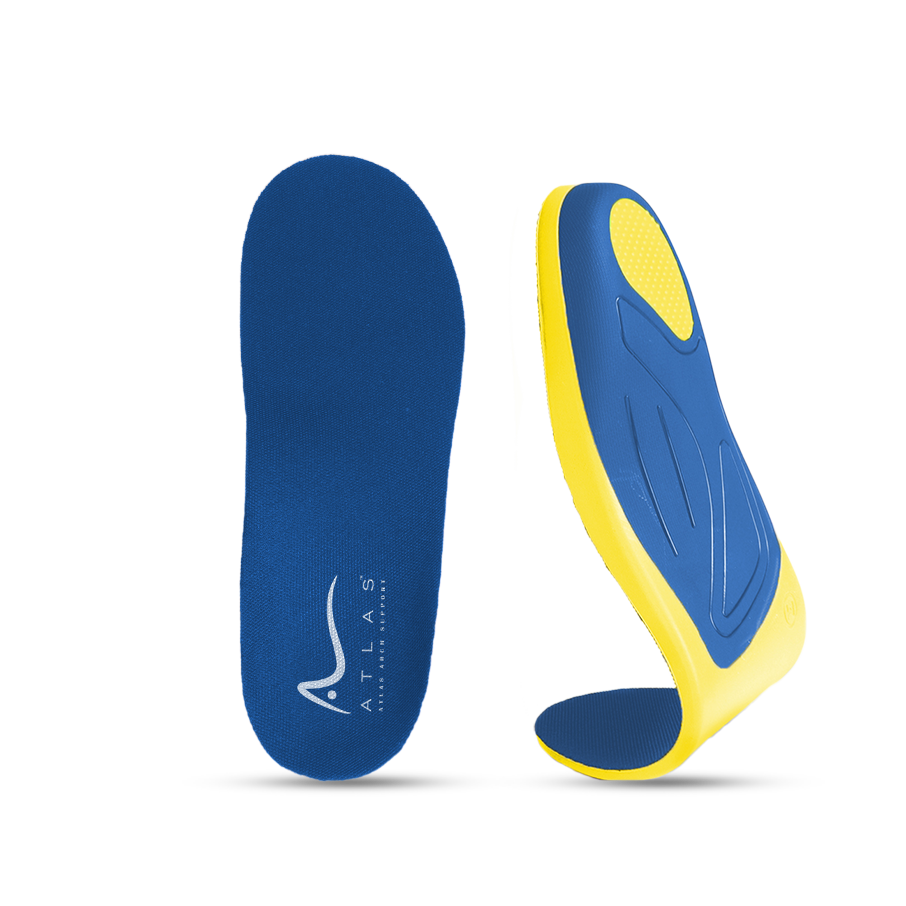Tarsal Tunnel Syndrome (TTS) may not be as well-known as carpal tunnel syndrome, yet it can significantly impact those who suffer from it. This detailed guide aims to illuminate Tarsal Tunnel Syndrome, exploring its origins, symptoms, and the various treatments available. Understanding Tarsal Tunnel Syndrome in depth allows individuals to seek prompt and effective relief from its discomfort.
Understanding Tarsal Tunnel Syndrome
Tarsal Tunnel Syndrome arises when the posterior tibial nerve, which traverses the tarsal tunnel on the ankle's inner aspect, is subjected to compression. This tunnel, a slender passageway adjacent to the ankle bones, encloses nerves, arteries, and tendons. Nerve compression within this tunnel can manifest in numerous symptoms, compromising foot functionality and comfort.
Origins of Tarsal Tunnel Syndrome
The development of Tarsal Tunnel Syndrome can be attributed to multiple factors:
- Anatomical Discrepancies: Certain foot structures, like flat feet, can heighten the tension on the tarsal tunnel, leading to nerve compression.
- Injuries or Trauma: Swelling from ankle sprains or injuries can compress the nerve.
- Systemic Conditions: Diseases such as diabetes or arthritis can cause swelling, affecting the tarsal tunnel.
- Repetitive Use: Activities involving recurrent foot movements can increase nerve pressure.
- Natural Foot Variations: Some people's foot anatomy naturally predisposes them to nerve compression.
- Tumors or Cysts: Non-malignant growths near the tarsal tunnel can press on the posterior tibial nerve.
- Varicose Veins: Swollen veins within the tarsal tunnel can compress the nerve.
- Obesity: Excess body weight can exert additional pressure on foot structures, including the tarsal tunnel.
- Scar Tissue: Post-surgery or injury scar tissue can modify the tarsal tunnel's space, pressing against the nerve.
- Inflammatory Diseases: Conditions like gout or tenosynovitis can swell the tarsal tunnel's tissues, leading to compression.
Identifying Symptoms

Recognizing Tarsal Tunnel Syndrome's symptoms is key for early diagnosis and treatment. Symptoms include:
- Tingling or Numbness: A "pins and needles" sensation in the foot, ankle, or toes.
- Pain: Sharp, shooting, or burning pain in the foot.
- Weakness: Foot muscle weakness, affecting stability.
- Burning Sensations: Indicates nerve irritation or damage.
- Electric Shock-like Pains: Sudden, sharp pains resembling electric shocks.
- Swelling: Though less common, swelling can occur around the ankle or foot's sole.
- Altered Sole Sensations: Changes in how sensations are felt on the foot's bottom.
- Pain that Intensifies with Activity: Symptoms often worsen with physical activities and improve with rest.
- Night-time Symptoms: Discomfort and pain can escalate at night.
Diagnosis of Tarsal Tunnel Syndrome
The diagnosis process for TTS typically includes:
Physical Examination: A healthcare provider will examine the foot for signs of nerve compression and assess the foot's structure. This may involve checking for tenderness along the nerve's path, evaluating the foot and ankle's range of motion, and looking for any physical abnormalities that might contribute to TTS.
Electromyography (EMG): This test measures the electrical activity of muscles. An EMG can help evaluate the health of muscles and the nerve cells that control them. It's useful in diagnosing conditions that affect the nerves and muscles.
Imaging Tests: MRI (Magnetic Resonance Imaging) or ultrasound imaging can be employed to visualize the tarsal tunnel and identify any abnormalities such as tumors, cysts, or structural issues that could be compressing the nerve.
Treatment for Tarsal Tunnel Syndrome

The treatment for TTS can be conservative (non-surgical) or involve surgery, depending on the severity and underlying cause of the condition.
Conservative Treatments
Rest and Elevation: Limiting activities that exacerbate symptoms and elevating the affected foot can help reduce swelling and pressure on the tarsal tunnel.
Ice Therapy: Applying ice packs to the affected area for 15-20 minutes several times a day can reduce inflammation and numb the pain. It's important to wrap the ice in a towel to avoid direct skin contact.
Orthotic Devices and Supportive Footwear: Custom orthotics designed to support the arch and redistribute pressure away from the tarsal tunnel can be effective. Supportive footwear that provides ample room and minimizes compression on the foot is also recommended.
Medications: Over-the-counter non-steroidal anti-inflammatory drugs (NSAIDs), such as ibuprofen or naproxen, can manage pain and reduce inflammation. For more severe pain, prescription medications may be necessary.
Physical Therapy: A physical therapist can develop a personalized program that includes exercises to strengthen the muscles around the tarsal tunnel, improve flexibility, and enhance foot mechanics. Techniques such as ultrasound therapy, electrical nerve stimulation, and manual therapy may also be employed to reduce symptoms.
Advanced Treatments
Steroid Injections: Corticosteroid injections into the tarsal tunnel area can provide temporary relief from inflammation and pain. However, their effects are not permanent, and repeated injections may be necessary.
Surgery: Surgical intervention may be considered for cases where conservative treatments have failed to provide relief or if there is a clear structural issue compressing the nerve. Tarsal tunnel release surgery involves cutting the ligament that forms the roof of the tunnel to increase space and relieve pressure on the posterior tibial nerve. The success of surgery depends on various factors, including the cause of TTS and the patient’s overall health.
Lifestyle and Home Remedies
Weight Management: Maintaining a healthy weight can reduce stress on your feet and alleviate symptoms of TTS.
Ergonomic Adjustments: For individuals whose activities or work contribute to their symptoms, making ergonomic adjustments can help. This may include using footrests, adjusting the height of chairs, or changing how tasks are performed to reduce strain on the feet.
Activity Modification: Altering exercise routines to include low-impact activities like swimming or cycling can help maintain fitness without exacerbating TTS symptoms.
Regular follow-up appointments with a healthcare provider are essential to monitor the progress of treatment and make adjustments as needed. Patients should be encouraged to report any changes in symptoms or new discomforts, as these may indicate the need for a different treatment approach.




